Jefas bringing in change for Small Businesses in the Inland Empire by Allison Crawford
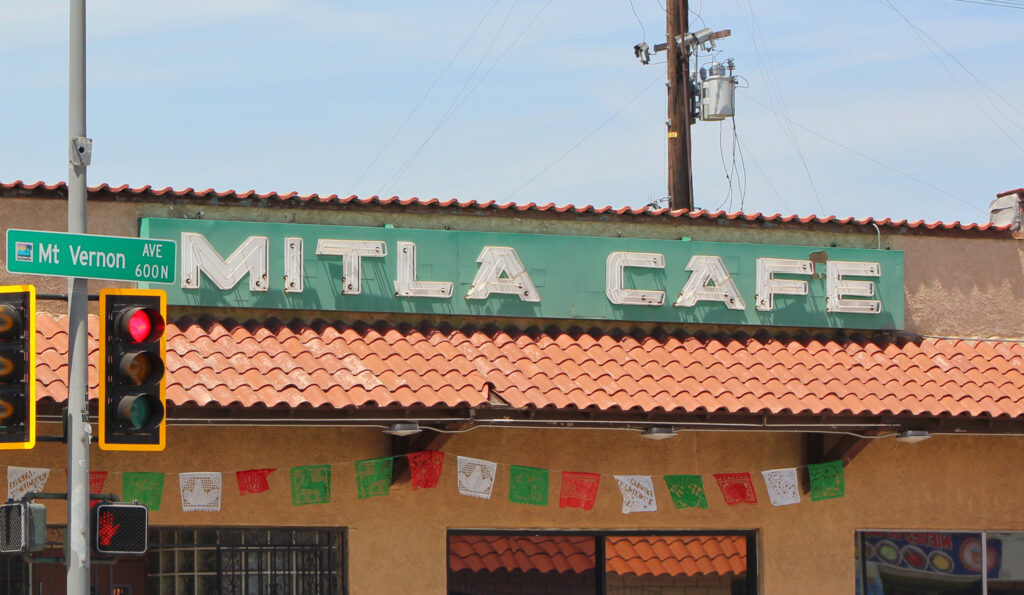
Don’t be afraid of the difficulties, don’t let yourself down, put your trust in God, because he will always be with you.
Yenia Herrera Pernett
Mom and pop shops are engulfed in culture, growing with the cities around them as neighborhoods expand. Stacked in clumps in corner plazas. Even being run within owners homes, all while keeping traditions alive. At times you might not give them a second thought, possibly because they’re not new or well known. Especially as big-name corporations begin large expansions in on-going locations. It becomes apparent that there is a desperate need for smaller businesses to begin approaching different strategies to reclaim their forgotten presence.
As these businesses find alternatives for successfully interacting with new and old customers, there comes the introduction of social media. According to SCORE, due to the large impact of social media, “77% of U.S. small businesses use social media to facilitate key business functions including sales, marketing and customer service”. The once forgotten buildings and owners that were passed daily, are now gaining traction with new strategies.
Thinking back to these businesses, let’s consider how many of those online or in-person companies are Latina-owned small businesses. The number of both women and minority-owned businesses have experienced unprecedented growth. According to USHCC and the Square, 59.92% of Hispanic small business owners are female. These Hispanic run organizations being consumer goods/retail, beauty and food/beverages.
NLBWA states that, ”Between 2007 and 2018, the number of women-owned businesses surged 58%,while all businesses increased by only 12%”. This brings attention to where these business suddenly came from, and who might be helping them kick start their career.
Social Media Exposure
Many Latino owners also have another marketing strategy beyond social media, and have begun buying their own advertisements. PR Newswire states, Hispanic owners identify paid advertising (57%) and social media (54%) as potential growth areas. Now that these businesses have access to Twitter or can create their own websites, they are able to advertise their products to interested consumers.
Latina business efforts have grown the fastest over the past ten years, receiving higher rates than any other minority-owned businesses. According to National LBWA and UCRiverside, “The number of Latina- and women-owned businesses grew even faster: 172% and 164%, respectively” and have employed “2,142,600, or 17% of all women owned businesses”. This means that opportunities have given these women the ability to own their craft and bring employment rates up.
The Latina community continues to thrive and flourish when it comes to opening small businesses in profitable manners. Negative economic growth stemming from the most recent effects of COVID-19 has prompted many individuals such as Latina owners to have to push forward.
Businesses had to close their doors and wait out the uncertain tide of not knowing when their doors would open once more. In terms of worldwide effects, Cision PR Newswire states that 39.3% of Latina business owners “say access to financing remains a challenge, compared to 185 of white small business owners” (Megan Dooley). With that being said, imagine the importance of looking into these businesses now that their doors have opened and business has started up once again.
ENTERING THE IE
The Inland Empire is a region of land that is adjacent to coastal Southern California, which centers around cities such as San Bernardino and Riverside. It borders the cities of Los Angeles and San Diego, leaving it in an area that can be overshadowed by its surroundings. The IE is known for its music festivals and vast amounts of citrus. It is also known for its diverse population and ever growing small business exposure. The InlandEmpire.US reveals that, “Very Small (1-4 employees) and Small (5-19 employees) businesses account for over 86% of all establishment growth in the region, these businesses are responsible for just 17.7% of job gains”.
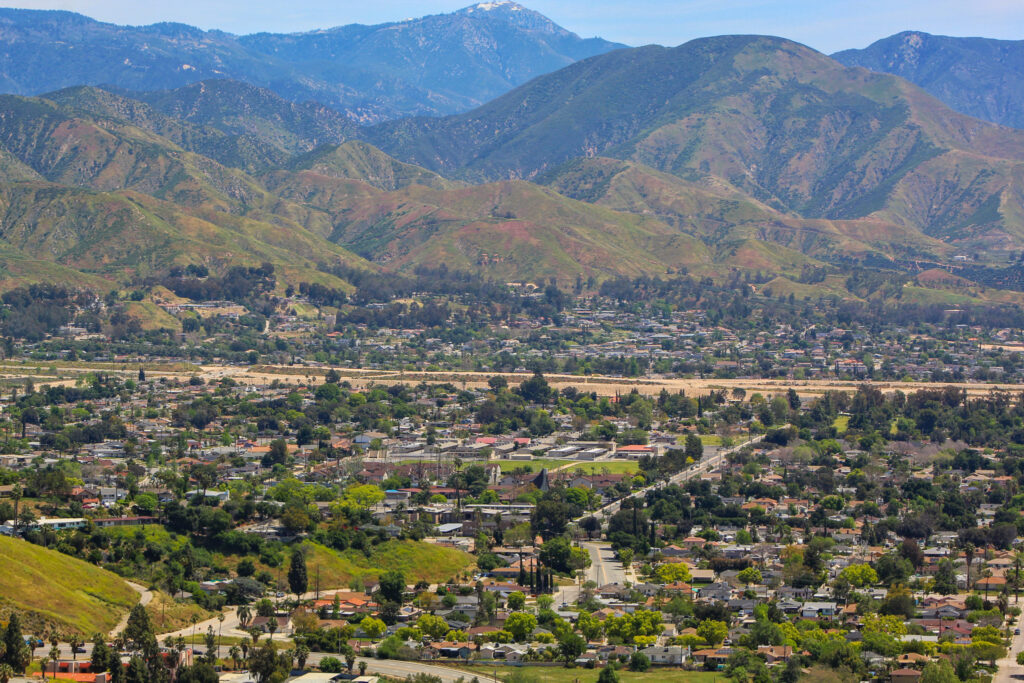
According to the United States Census Bureau, San Bernardino is home to 333,287,557 individuals, with more than 55.8% of its population being Latino or Hispanic. Since the Latino population is the largest minority group within this region, it makes sense why they have been able to impact the region so heavily. The Census also collected data that states there are 10,733 minority-owned employer firms within San Bernardino, which begs the question of how many of these businesses are Latina-owned.
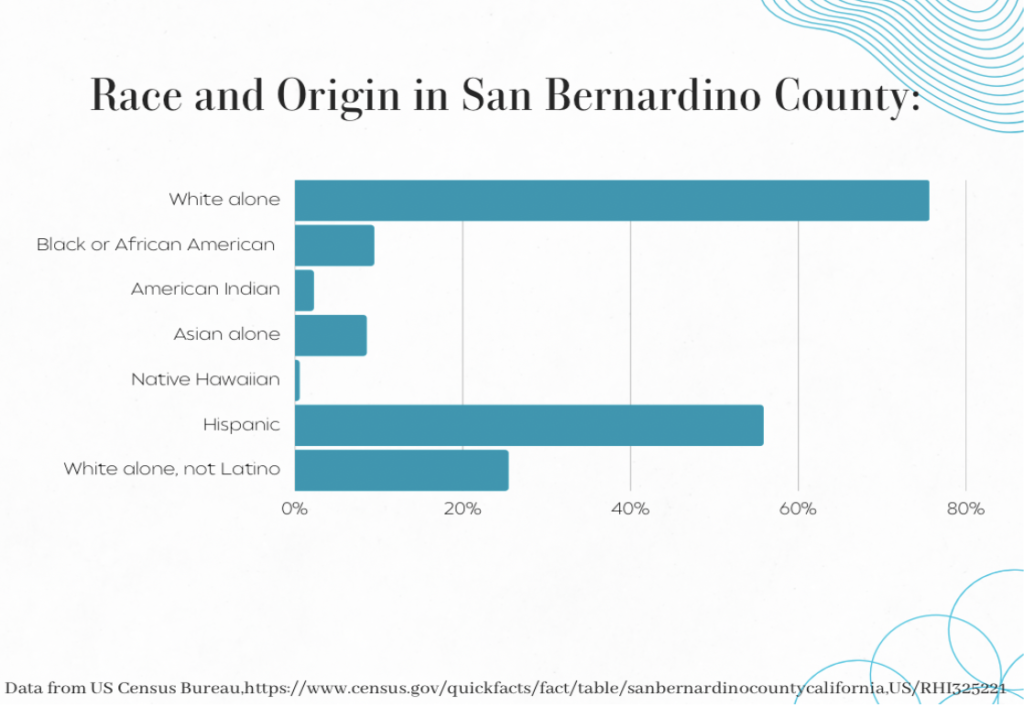
Patch Staff, Tony McAllister says that “ In particular, the percentage of Hispanic-owned firms has significantly grown over the past five years, despite the pandemic effect”. McAllister explains that although Hispanic-owned businesses are flourishing, other minority-based businesses have seen recent declines financially. This raises the question of what Hispanic/Latino businesses owners are doing correctly compared to their competitors.
Quick Start-Up
Multiple organizations across the IE directly benefit Latin-run businesses, their goals being to teach entrepreneurs of all ages how to correctly branch out their businesses into surrounding communities. One of these organizations, Hispanic Association of Small Businesses (HASB) also continues to strive towards giving these owners tools and resources to successfully grow their stores with the correct materials. HASB mission statement seeks to “eliminate prejudice and discrimination against socioeconomically disadvantaged or underprivileged small businesses”.The Hispanic Coalition of Small Businesses (HCSB), has a goal to “help small businesses advance and thrive in our communities.” Their entire website provides access points to business owners who need help continuing their path towards building successful businesses.
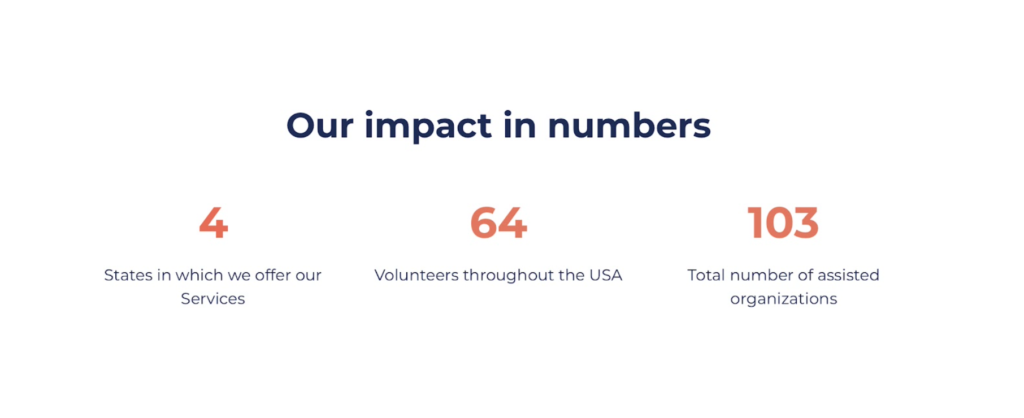
The HCSB website provided numbers on how many businesses they have helped.
Christine Rodriguez is the owner of Corporate Consulting Strategies(CGR) which works throughout Los Angeles, Orange and Riverside County, where she seeks to help small businesses work to better their marketing and communication strategies. Christine is no stranger to strong work ethic and resilience, after working for 30 years with company Rockwell, she retired as “their first Latina Vice President, at the corporate level”. She explained that during the time that she was running their non-profit foundations, it wasn’t as diverse as it could have been. “There should have been more… not just Latinos but people of color and women in those corporate environments”. Christine took her experience at Rockwell and recognized that there needed to be more diversity in big-name companies, which led her to incorporate it into her own work. Twenty years ago, she met Frank Montes, who now runs HCSB, through the California Hispanic Chamber of Commerce. From there she has worked with Frank and HCSB to expand their outreach to minority businesses who need help building themselves up.
Christine says that, “We needed more support for small business [in the Inland Empire], we were kind of the orphan children of Los Angeles and Northern California”. When Frank first launched the organization with Christine, it was called Greater Inland Empire Region (GIER), later they changed to HCSB on July 17th 2022 at their first retreat. Their tagline seeks to “advance small business communities” and from here Christine puts heavy significance on the word “ communities”. She explains that, “When small businesses succeed, the communities succeed, they give back to the community, it’s not just the small business itself, it’s the community that its members live and work.”
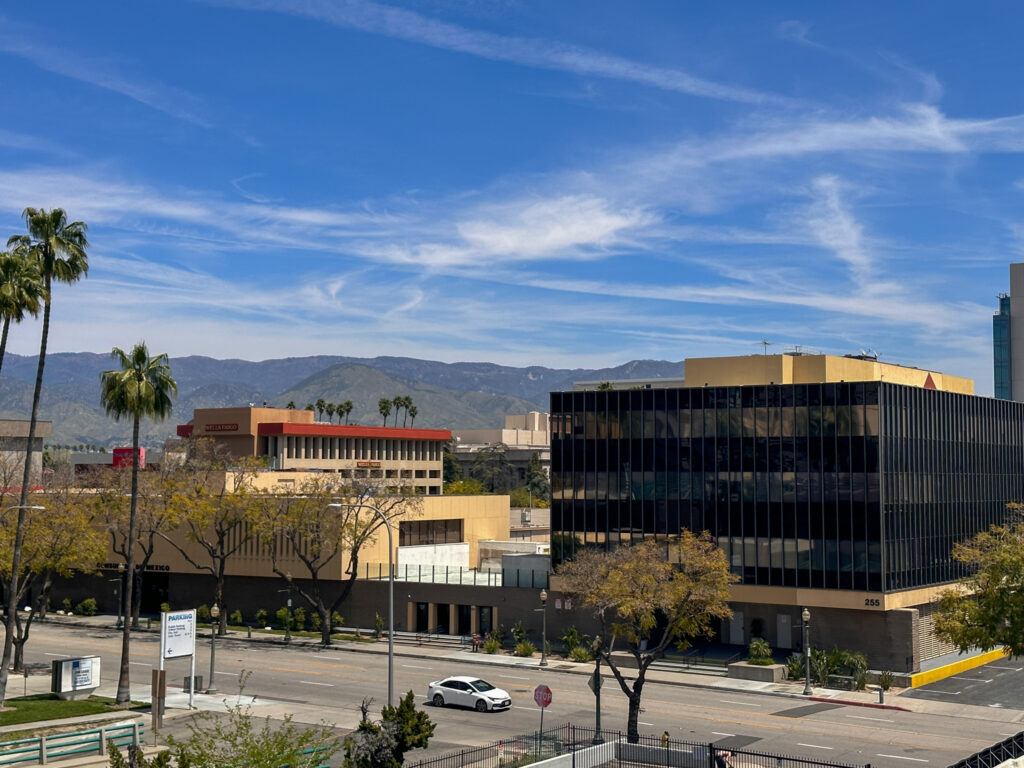
Latinos such as Frank and Christine demonstrate the passion they want to bring to their companies and the significance that their work can impact. Companies such as HCSB and CGR seek to bring minority groups together in community, understanding that the Inland Empire needs their support.
Yolanda Garza, an attorney in the IE has been practicing law for the past 28 years. Running her business with her sister Eloisa- while representing any clients’ needs. She is known for her strong and harsh approach to executing her cases successfully. The law offices of Yolanda Flores-Burt seen below distribute services to the areas of San Bernardino, High Desert, Victorville, Heserpia and all surrounding areas. She is one of the toughest attorneys in the area and many others turn down fighting against her. Linda Carreon, a law office receptionist from San Bernardino, states that, “Yolanda is a tough attorney that always fights for her clients to get the closure they deserve”.
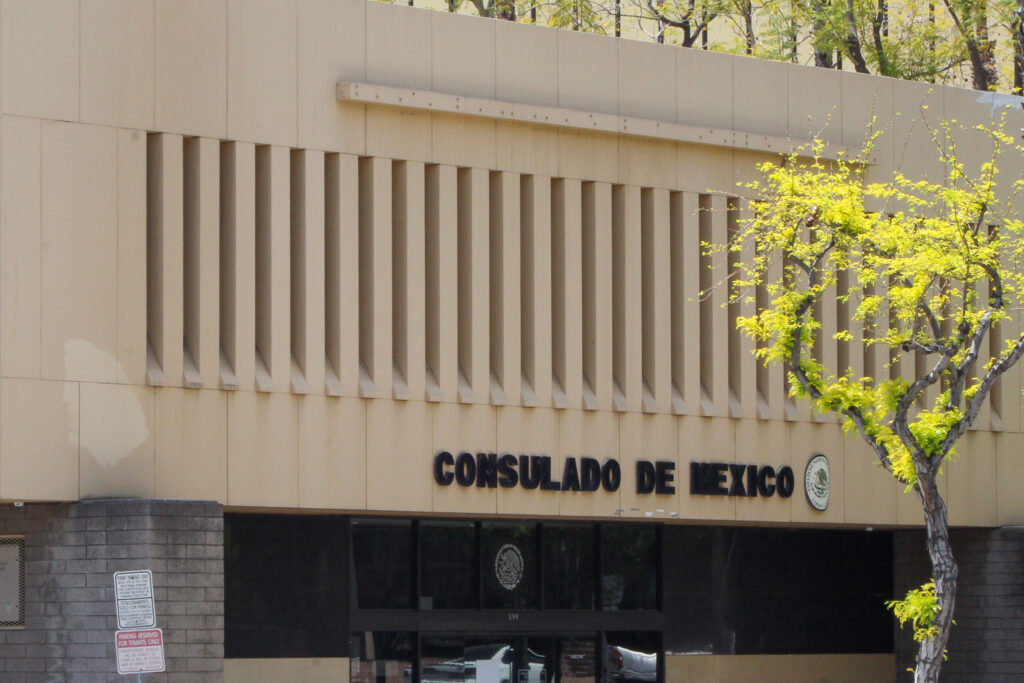
Manny Sandoval from IECN shines light on the history behind the Mother Road, also known as Route 66, which runs throughout Chicago, IL to Santa Monica Pier. IE. This route empowered women like Lucia …, who began creating their own restaurants like Mitla Cafe. Lucia Rodriguez started her iconic business in 1937, bringing in her husband Vicente Montano and their daughters to help her build it from the ground up. Manny reports that, “She was strict, but her efforts paid off, and the business flourished”. You can visit this authentic Mexican restaurant off of Mt Vernon Ave in San Bernardino.
Latina-run Businesses that are looking for structure and mentors can look to organizations such as LWBA and HCSB. They offer great resources for those living within the Inland Empire, who might find themselves still stuck on hard times because of the recent pandemic. Organizations such as LWBA also grant scholarship funds. In November 2021 they donated more than $40,000 in hopes to transform the region. PR Newswire states that, “NLBWA-IE accomplished its mission to connect and elevate Latina Owned businesses (LoBs) to cope with the pandemic disruptions” as well in hopes to help them pivot their business with assistance.
The article stated that around 500 programs participated, 55 scholarships were provided, and 195 business owners received technical assistance. This provided start-up assistance and building opportunities to Latina entrepreneurs.
The Inland Empire continues to grow its Latino community, from the increase in population to increase in business entrepreneurs. With the help and assistance provided, thousands continue to dream big and see those dreams come to life. This at times forgotten region connected by California’s biggest cities are finding their own methods when it comes to business strategy. Expanding and connecting to areas it needs it most.